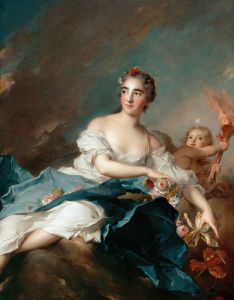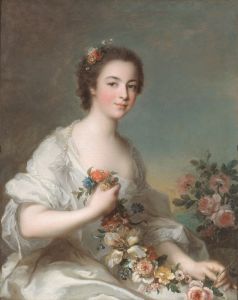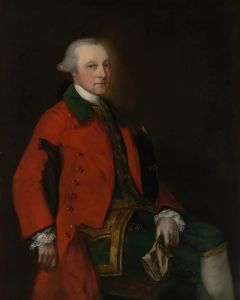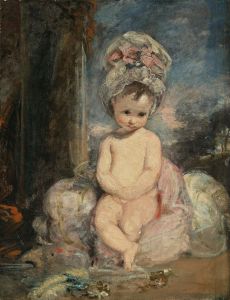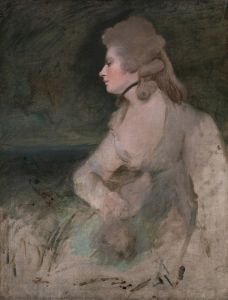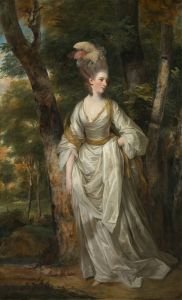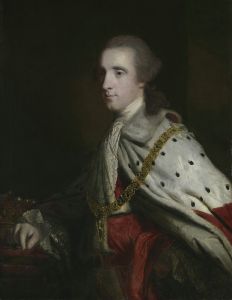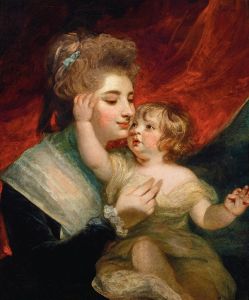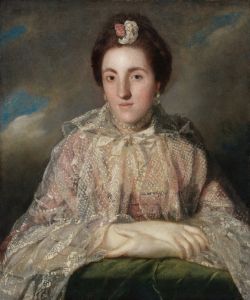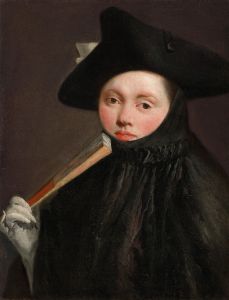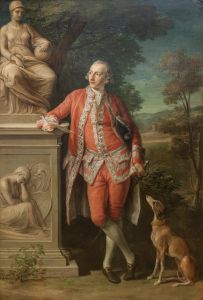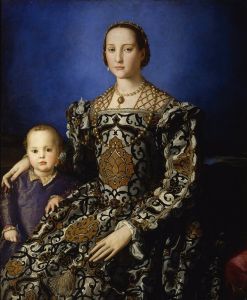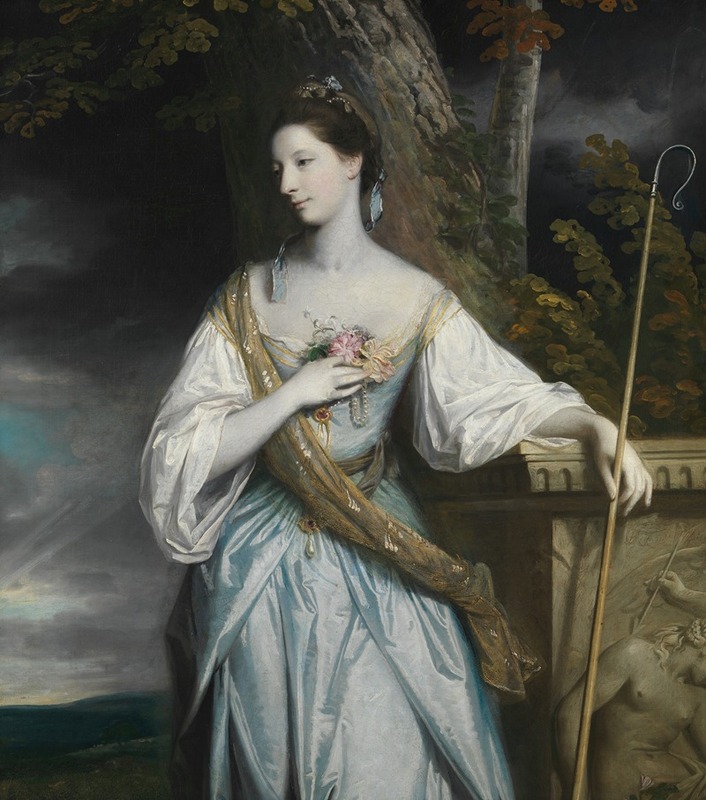
Anne Dashwood , Later Countess of Galloway
A hand-painted replica of Sir Joshua Reynolds’s masterpiece Anne Dashwood , Later Countess of Galloway, meticulously crafted by professional artists to capture the true essence of the original. Each piece is created with museum-quality canvas and rare mineral pigments, carefully painted by experienced artists with delicate brushstrokes and rich, layered colors to perfectly recreate the texture of the original artwork. Unlike machine-printed reproductions, this hand-painted version brings the painting to life, infused with the artist’s emotions and skill in every stroke. Whether for personal collection or home decoration, it instantly elevates the artistic atmosphere of any space.
Anne Dashwood, Later Countess of Galloway is a portrait painted by the renowned British artist Sir Joshua Reynolds. The artwork depicts Anne Dashwood (1764–1833), who later became the Countess of Galloway upon her marriage to George Stewart, 8th Earl of Galloway, in 1789. Reynolds, one of the most celebrated portrait painters of the 18th century, was known for his ability to capture the elegance and character of his sitters, and this painting is a testament to his skill.
The portrait is believed to have been completed around the time of Anne Dashwood's youth, prior to her marriage. It exemplifies Reynolds' signature style, which often combined elements of the Grand Manner tradition with a focus on the sitter's individuality. In this work, Anne Dashwood is portrayed with a sense of grace and refinement, characteristics that were highly valued in the aristocratic society of the time. The painting features a soft, naturalistic color palette and a carefully composed pose that highlights her poise and beauty.
Anne Dashwood was the daughter of Sir James Dashwood, 2nd Baronet, and Elizabeth Spencer. Her marriage to George Stewart, 8th Earl of Galloway, connected her to one of Scotland's prominent noble families. The couple had several children, and Anne became known for her role as a countess and a mother within the aristocratic circles of the late 18th and early 19th centuries.
The painting is an example of Reynolds' ability to blend realism with idealization, a hallmark of his work. He often employed techniques such as the use of chiaroscuro (the contrast of light and shadow) and a focus on texture to create depth and dimension in his portraits. These elements are evident in Anne Dashwood, Later Countess of Galloway, where the artist's attention to detail is apparent in the rendering of her clothing and the subtle expressions on her face.
The current location of the painting is not definitively documented in public records, but many of Reynolds' works are held in major art collections and museums around the world. The portrait remains an important example of 18th-century British portraiture and reflects the social and cultural values of the period.
This artwork is often studied as part of Reynolds' extensive oeuvre, which includes portraits of many notable figures of his time. It serves as a representation of his artistic legacy and his contribution to the development of portrait painting in Britain.





